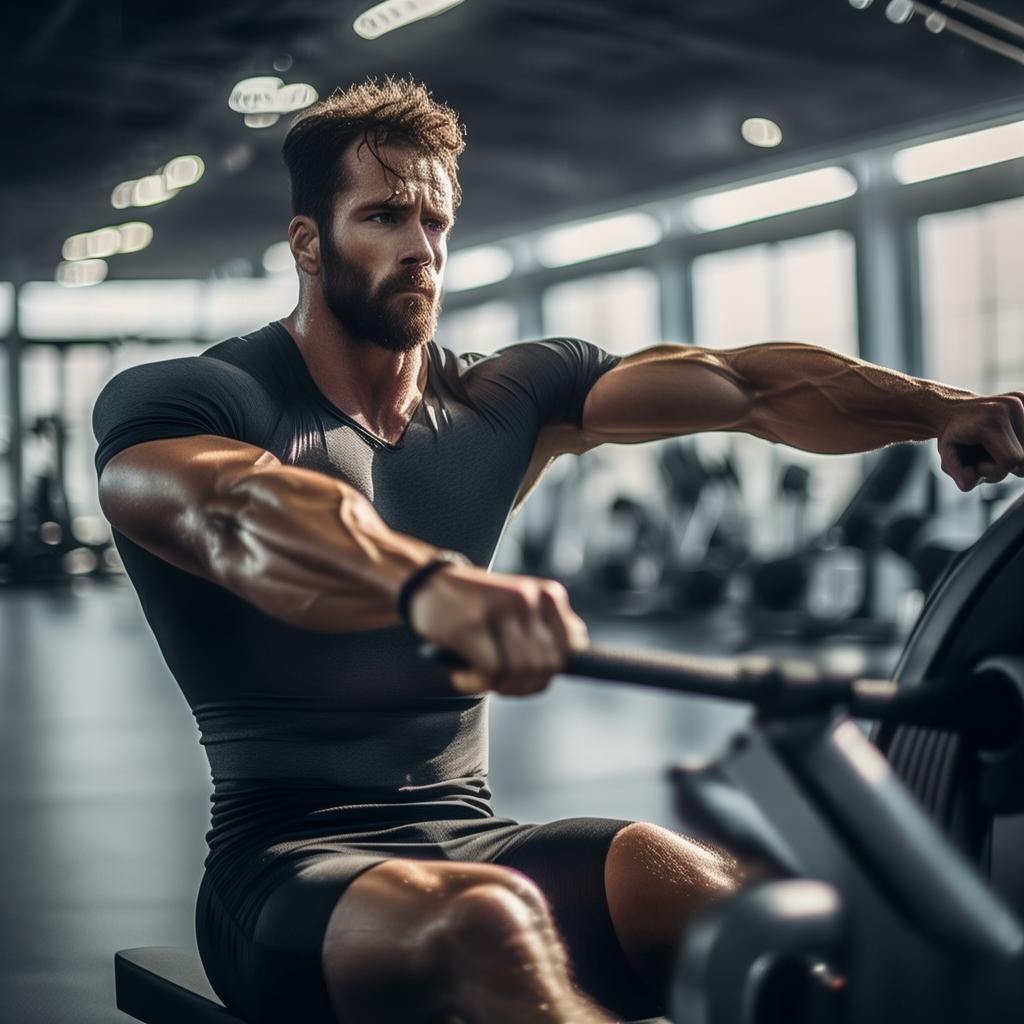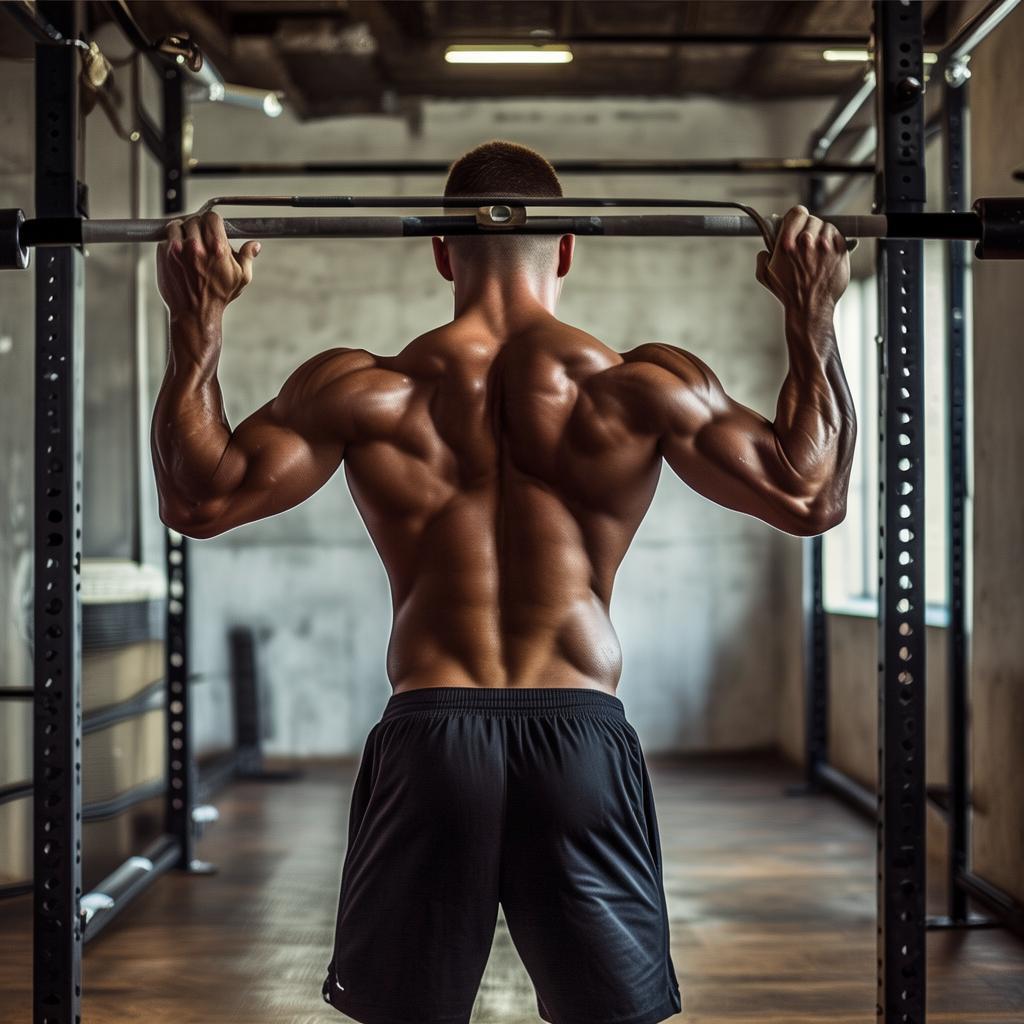Introduction
On March 03, 2025, a common statement about rowing machines is that they can exercise 84% of the body’s muscle – groups. Many are curious about which muscles exactly are included in this 84% and which body parts the rowing machine can strengthen.
Composition of Body Muscles
The muscle tissue in our body covers almost the entire body. The body’s muscles can be divided into three parts: skeletal muscles, smooth muscles (including those in the sarcoplasmic reticulum – related systems), and the heart muscle. The heart muscle is well – known. The skeletal muscles, which are often the focus of training, are mainly located around human bones and joints, maintaining the smooth operation of bones and joints. Smooth muscles are key in controlling functions like the peristalsis of the stomach and intestines.
Skeletal muscles can be enhanced through fitness exercises, leading to increased muscle strength and hypertrophy. Common muscle groups for training based on their locations include the pectoral muscles, biceps and triceps of the arms, deltoids of the shoulders, back muscles, and key muscles in the waist and abdomen, such as the obliques. There are also the quadratus lumborum in the arms, the quadriceps femoris at the root of the thigh, and the biceps femoris in the calf. These muscle groups not only make the body more stable but also contribute to a more proportionate figure.
Muscles Involved in Rowing – Machine Exercise
The rowing machine involves a composite movement. During the activity, the hand muscles, back muscles, and oblique abdominal muscles of the whole body must be involved to successfully complete the rowing posture. The more muscle groups that participate, the higher the exercise efficiency.
The force application in rowing – machine movements can be roughly divided into three parts. The force from the thigh root accounts for about 60%, the force from the waist and abdomen core accounts for 20%, and the force from the arms accounts for 20%. The thigh – root muscles are one of the most developed parts of the body. They not only support key areas such as the kneecap and knee joint but also provide sufficient power to support the body’s weight and daily movements like running, jumping, and squatting. In comparison, the waist – abdomen core and arm strength are relatively smaller.
Benefits of Rowing – Machine Exercise
During rowing, since the thighs exert the most force, the advantage is that the whole – body exercise can achieve a more balanced force distribution. This allows the legs, arms, and lumbar – abdominal core to almost simultaneously reach muscle fatigue, avoiding a situation where the arms fatigue more than the legs due to excessive force. This improves the overall exercise effect.
The rowing machine is a sports equipment that can be used to shape body muscles manually. It has a small footprint and makes little noise during use, mainly just the sound of water splashing. It is especially suitable for home use. Spending half an hour to an hour each night on fitness with a rowing machine is a great choice for those who love home – based fitness. Don’t miss out on this efficient fat – burning exercise equipment.





